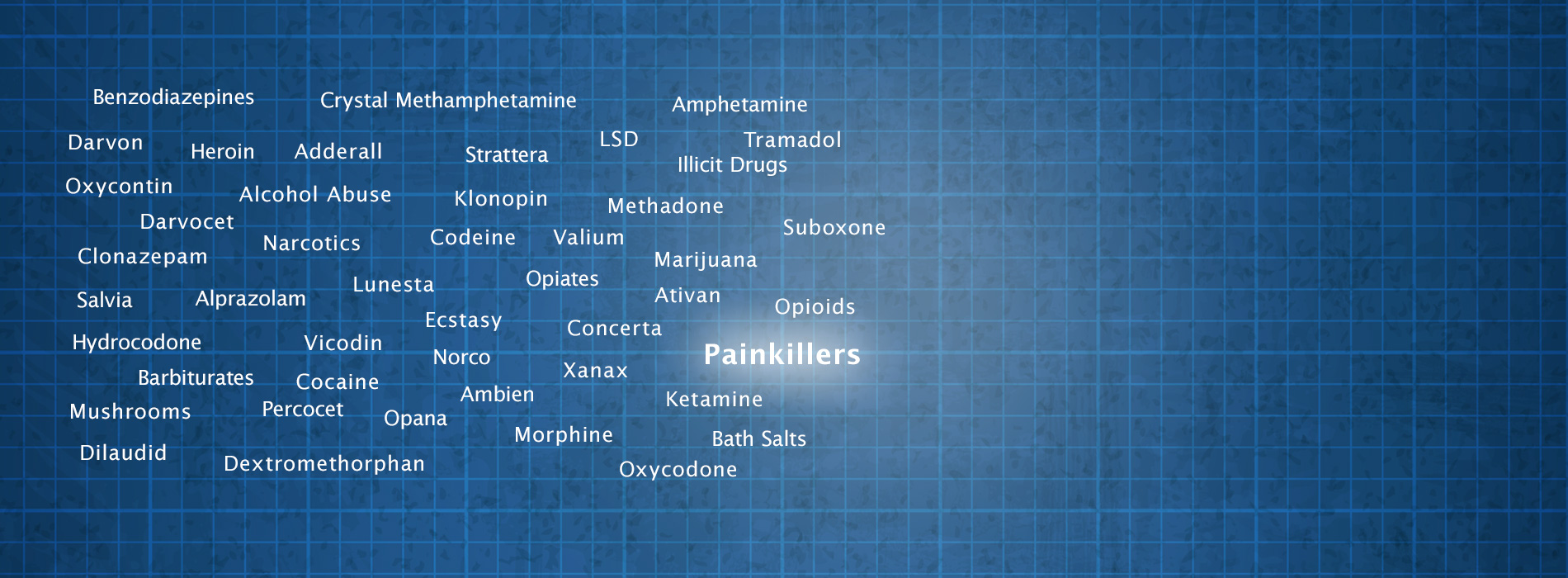Painkillers
Because of pain advocacy groups, doctors are more lenient with prescriptions of painkillers. Additionally, millions of teens now have access to parent’s stashes in medicine cabinets. Teen drug abuse on opioids is now only second in popularity to marijuana. In a recent survey, 10 percent of high school seniors reported recreational use of hydrocodone during the previous year. The parents are taking this, as well, with hydrocodone being the most prescribed drug of any kind during the last decade.
Your Brain and Painkillers
Opioids, the main class of painkillers, stimulate certain regions in the brain that perceive pleasure. This causes euphoria and produces a happy sensation. However, painkillers become habit-forming when the brain decides it wants more. This is the basis of addiction – the craving for more and more of a substance. Painful emotions of daily life are often hard to manage. Loneliness, sadness, and other problems make a person vulnerable to the pick-me-up that comes from painkillers. As the name implies, they kill the pain. Over time, a person grows dependent on the painkiller to deal with negative emotions.
Physical pain brings about a state of body tension. In order to relax, a person will clench jaw muscles and tense up. These natural reactions are relaxed with the use of a painkiller, which causes release of endorphins and other chemicals that leads to full body relaxation. After the brain grows accustomed to this, the body can only be free of tension and find relief with the aid of painkillers.
Tolerance and Withdrawals
Opioids cause a tolerance to occur, however. This is when the person requires more and more of the drug to feel some type of beneficial effect. With higher dosages, the risk of overdose becomes a possibility. In addition, physical tolerance leads to serious withdrawal symptoms. Tolerance is one of the main warning signs of that a person is addicted to painkillers. When a person has an addiction, he or she will develop digestive problems and a general sense of sickness. Along with this, the person may have nausea, vomiting, diarrhea, sweats, muscle pains, and body aches when he or she does not have the drug.
Painkillers are legal when prescribed by a physician, but they work just like the illicit drug heroin. This means that over time a person becomes addicted and requires a constant level of the substance in the bloodstream to avoid withdrawal symptoms. At this stage, the person is labeled as “drug-seeking,” and often alienated from friends and family. Addiction, in a sense, leads to a stigma. This makes painkillers the gateway drug to illegal substances.

